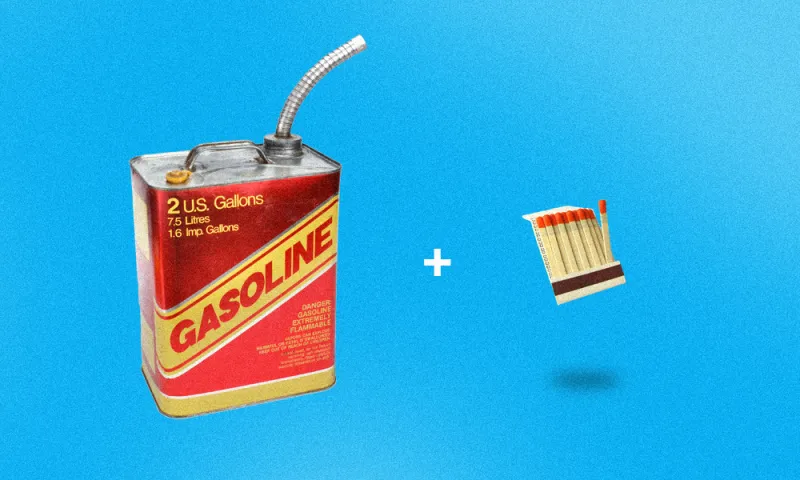The pool of private-equity-owned companies with weak credit ratings is swelling to an “alarming” level, posing an elevated risk of default when conditions in debt markets deteriorate, according to Moody’s Investors Service.
About 90 percent of companies owned by private equity firms are rated at least five levels below investment grade, Moody’s said in a report expected to be released today. The credit rater described the growing amount of debt issued by companies graded at six notches into speculative-grade territory as “eye-catching.”
Bull market conditions that emerged after the Great Recession have allowed buyout firms to finance their deals with more leverage and on terms more favorable to their position as controlling shareholders, according to Moody’s. The credit rater said their aggressive behavior will exacerbate the next default cycle, which it expects to be longer than the one after the 2008 financial crisis.
Staving off bankruptcies may prove more difficult because it will probably take longer to push through to the next “benign” credit environment, David Keisman, a Moody’s analyst and lead author of the report, said in a phone interview. Lenders might prefer pre-packaged bankruptcies to the series of distressed-debt exchanges that in the last default cycle helped bridge the way back to a bull market, he said.
Debt holders could potentially see greater recoveries from a quick bankruptcy than from attempting multiple distressed-debt exchanges drawn out over years, Keisman explained. Bankruptcies are less desirable for private equity firms, as they can salvage their ownership of companies through distressed exchanges.
About 70 percent of debt from companies rated at or below B3 – six levels into speculative-grade territory – are owned by private equity firms, according to the Moody’s report. Slipping down to the next rung, Caa1, presents serious challenges for borrowers.
“A lot of bad things happen when companies become Caa1,” Christina Padgett, a Moody’s analyst, said by phone. Such a weak credit rating makes it difficult for them to access credit markets, she said.
“The current benign environment, investors searching for yield have allowed even small highly-levered corporate borrowers to easily access credit markets and to structure their credit terms and bond indentures in ways that provide them nearly unprecedented flexibility,” Moody’s said in the report. “Many of these loans also allow for aggressive transactions such as debt-funded dividends and add-on acquisitions.”
[II Deep Dive: The Most Aggressive Buyout Firms
Taking Debt-Financed Dividends]
While the Great Recession saw a steep spike in default rates, unprecedented intervention from the Federal Reserve helped speed up the recovery in the credit markets. Keisman said he believes the next default cycle will be longer as he does not expect to see the same action from the Fed.
The U.S. speculative-grade default rate spiked to about 14.8 percent in 2009, according to Moody’s. That compares to an average of about 4.7 percent since 1983.







